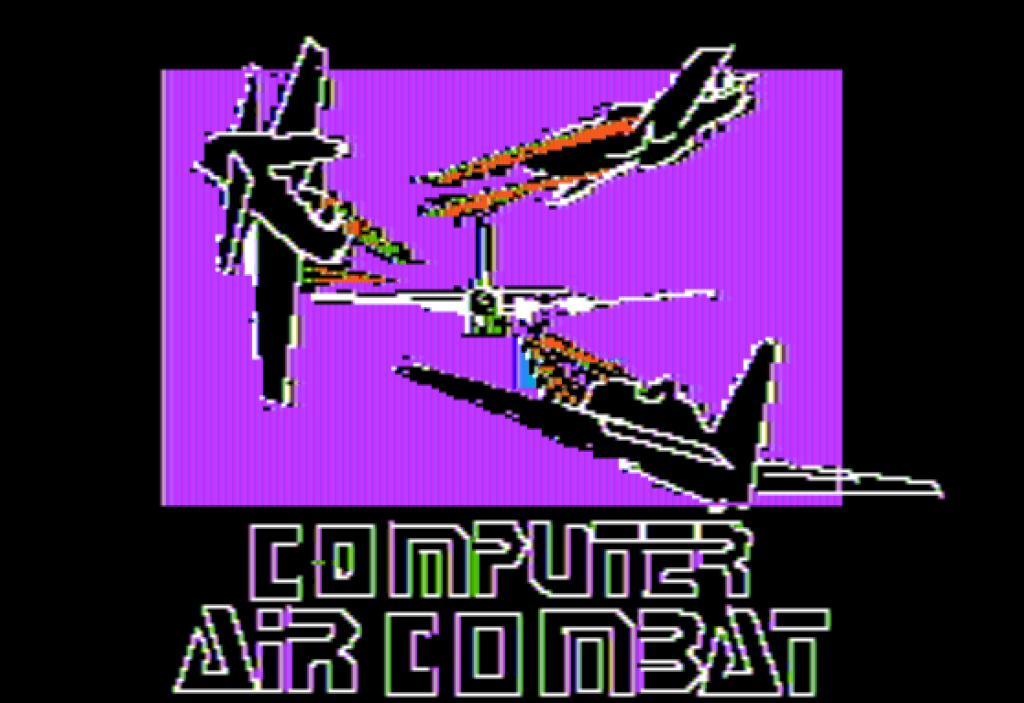
Tell me, Tenente Narwhal. Why is our Regia Aeronautica so chronically under-motorized ?
It is on purpose, Generale !
But… why ?
As you very well know, planes can only shoot every 7 seconds. If we went too fast, the enemy would be first out of range, and 7 seconds later it would be behind us. But if our planes go slowly enough – no such risk.
Couldn’t our pilots just slow down ?
That’s what pilots from the other countries do, Generale. But ours cannot go slower – they are Italians !
Released in November 1980, Computer Air Combat is the last 1980 SSI game I will cover (I leave the sixth 1980 SSI release, Computer Quarterback, to a blogger who actually understands the arcane rules of American Football, I am myself more of a rugby guy). It is credited to Charles Merrow and Jack T Avery, and just like for Computer Conflict they seem to have been developers in search of a publisher – SSI. Merrow seems to have been a junior designer but a very experienced developer, whereas Avery seems to have been more on the design side. In any case, they work as a team and are credited together on Computer Baseball (1981) and Fighter Command (1985) – and then pretty much disappear from the scene.
Computer Air Combat had two versions :
- The original November 1980 version, featuring 4 nations : United Kingdom, United States, Germany and Japan and 5 game modes,
- Air Race, to test plane performance,
- V1 Interception,
- Night Fighter scenario,
- Bomber Interception, the first scenario against a “reactive” opponent,
- Dogfight,

- The 1.1 edition, released around Spring 1981. It runs faster and more critically allows the game to use data disks. Only one data disk was released (also in spring 1981) – it introduces Soviet Union, Italy, Poland, Romania and Finland, in addition to more German planes. Finally, for players who want to simulate a Korean War battle, the disk also included planes for North Korea and the United Nations. The data disk offers the same game modes, except the V-1 one which is removed. The scenarios have a few more customization options though.
I wanted to play with the data disk (I like to play with “minor powers” and the commenters who volunteered their names were not hostile to the idea) so I played with the 1.1 edition, and so I am now presenting you…
Tumble over Tobruk
Early May 1942, a wing of MC-202 Folgore led by Capitano Dayallu is on a routine patrol North of Tobruk, at an altitude of roughly 12 500 feet.
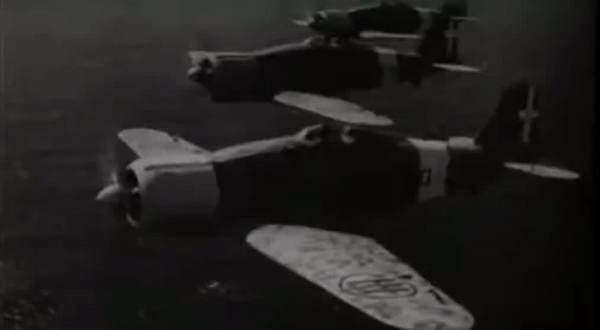
Suddenly, Dayallu spots something… … a wing of two Wellington bombers, heading West, escorted by three Spitfires.
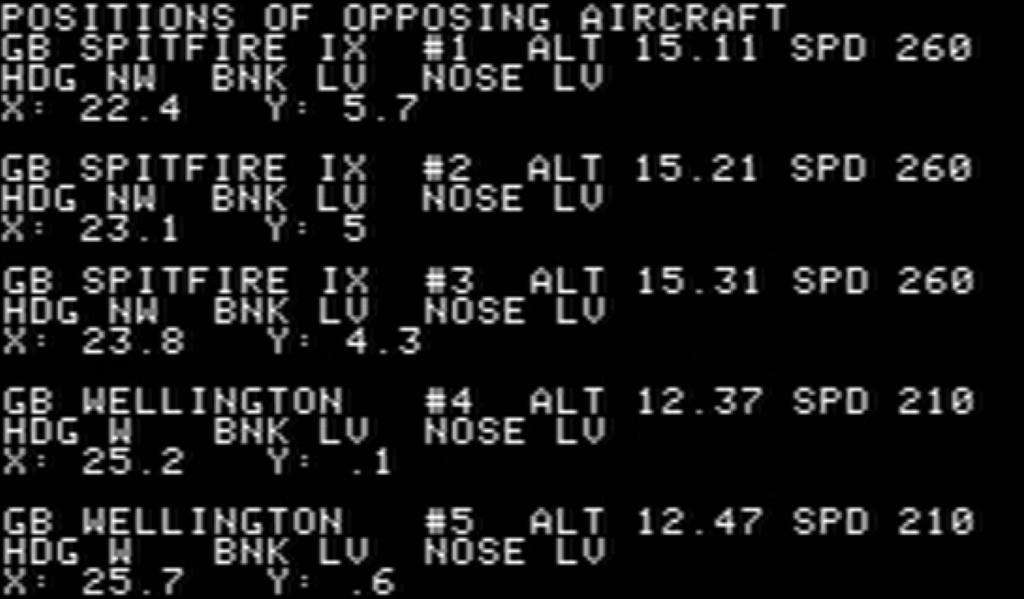
The two air groups were converging, so the leader had to act fast :
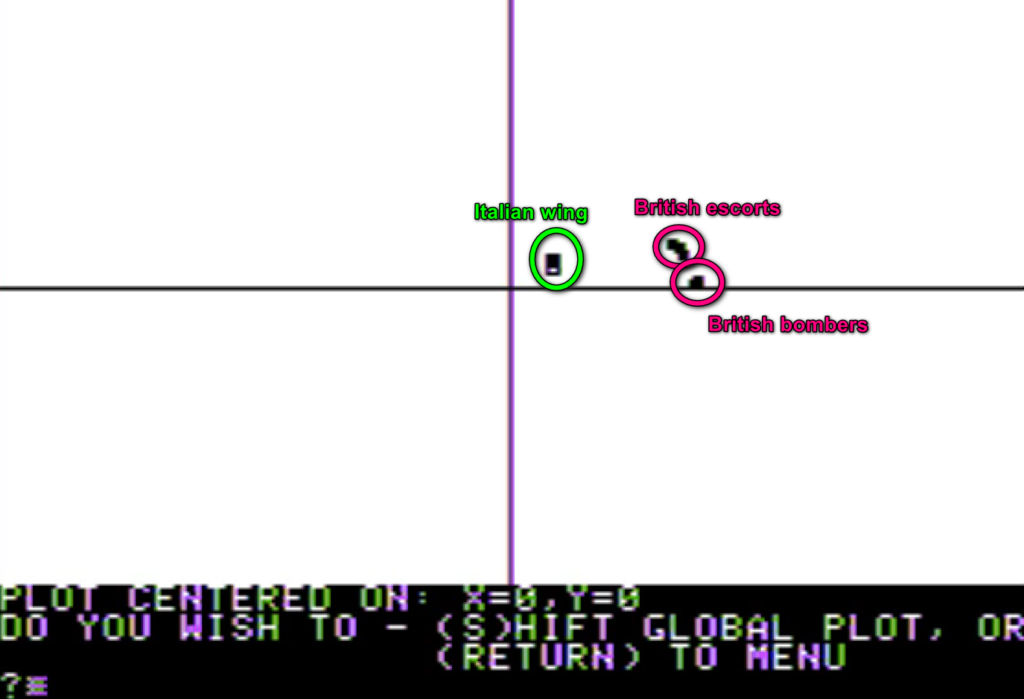
Capitano Dayyalu immediately starts to plan : “Well, my men can certainly fend off the Spitfires while I shoot down the bombers“.
Dayyalu orders his men (Tenente Baudi and Sottotenente Matnjordi) to engage the escort, while he focuses on the bombers – the main target – and destroys them as soon as possible.
But first, the Italians try to gain some altitude, as the British fighters are way above them. The Italian move their nose up [their nose position goes from LV (level) to H1 means that the nose is now pointing up for a gentle climb]. With 3 000 feet altitude difference and roughly 20 seconds remaining before contact, Dayyalu is forced to accept that the Italians have no chance to climb enough on time to match the Spitfires’ altitude, and he chooses not to sacrifice his planes’ speed by doing a steep, unsustainable climb [H2].
As the Spitfires get closer, Baudi and Matnjordi roll their planes gently to the left (bank L1) while Dayyalu rolls his plane gently to the right (bank R1):
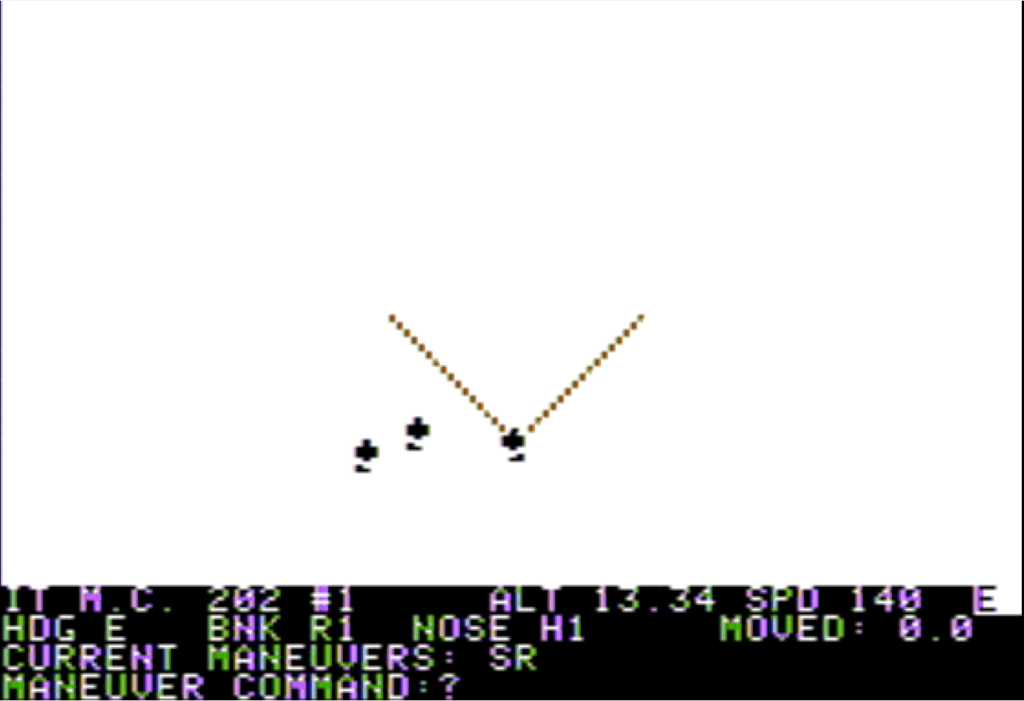
A roll is the rotation of the plane along the “length” axis, and it gives the plane “bank attitude“. You need to be banked to turn or to slide to the side of the bank. A steep bank (eg R2) allows to turn faster but at the cost of more speed when turning, in addition to this a steep bank does not allow sliding. “Sliding” is a way of moving to the left or right without changing direction.
In their situation, Baudi and Matnjordi want to be able to turn as soon as they cross the Spitfires. They know that a Folgore is slower than a Spitfire, but that the former can do sharper turns and could be at an advantage in case of a dogfight. As for Dayyalu, he wants to slide to the right to be perfectly aligned with one of the bombers for a frontal pass.
Suddenly, the Spitfires are there :
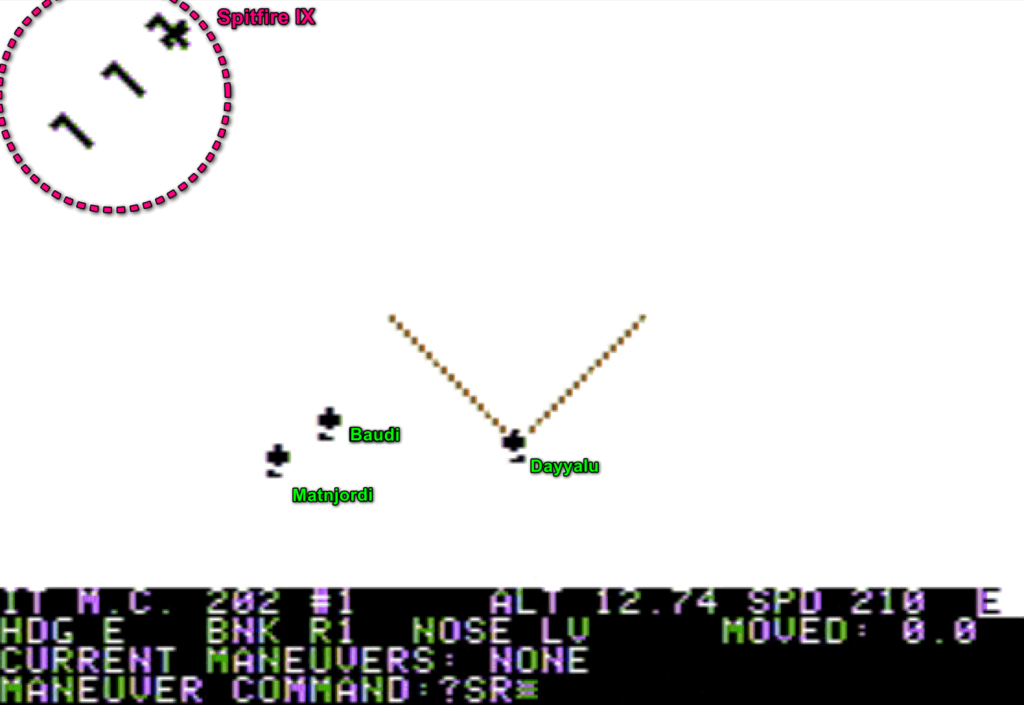
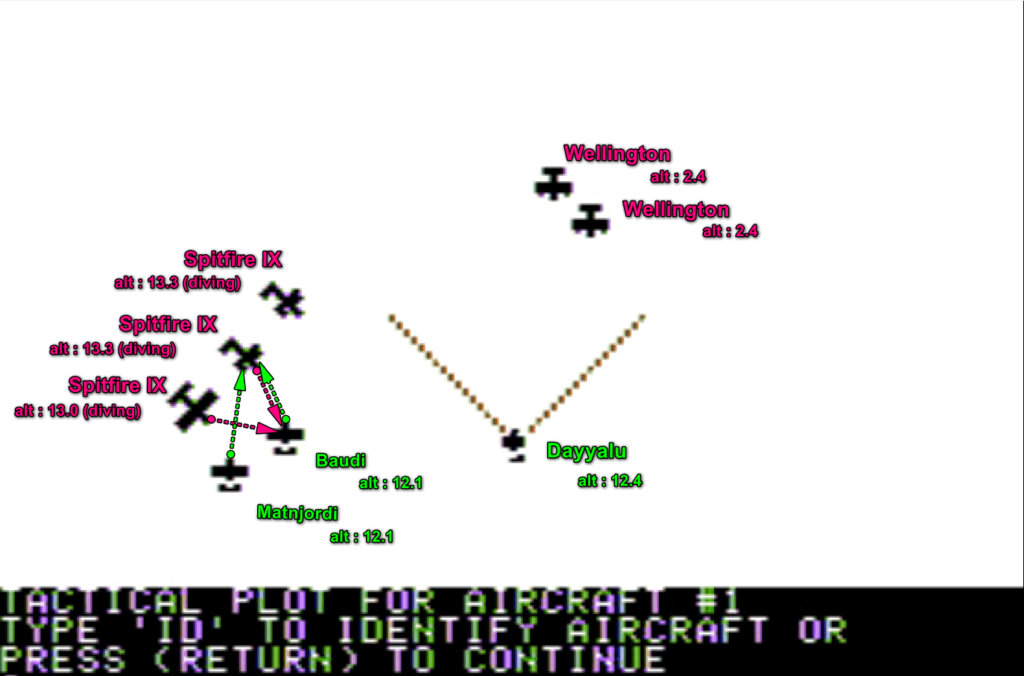
The Spitfires dive on the MC-202, two of them shooting at Baudi’s aircraft. At the same time, Matnjordi and Baudi shoot back. It goes extremely fast :
Baudi has been shot down !

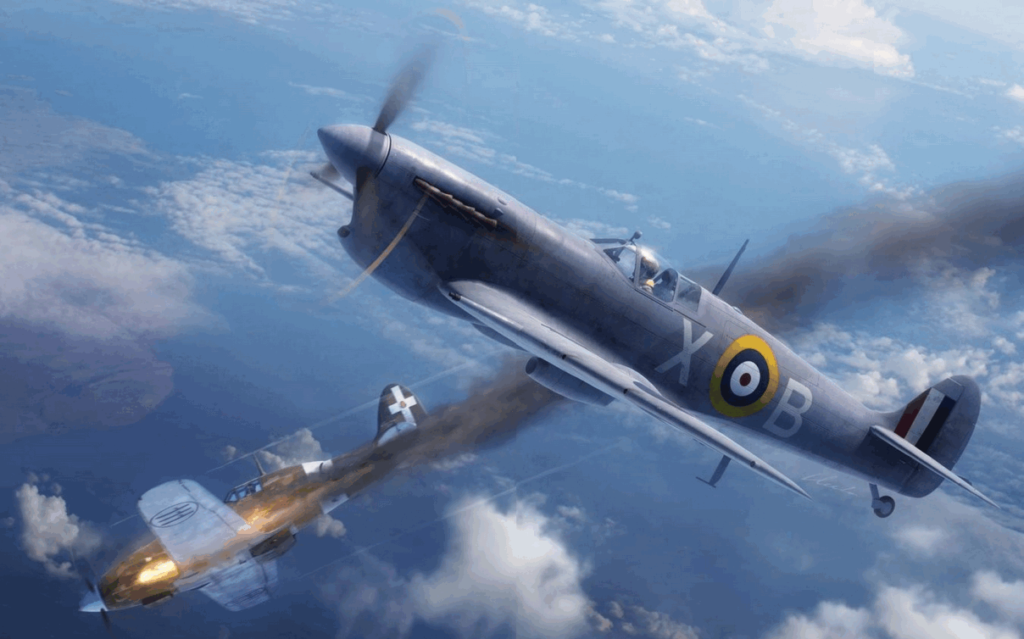
This forces Capitano Dayyalu to immediately update his plan :
“Well, Sottotenente Matnjordi can certainly fend off the Spitfires while I shoot down the bombers“.
For his part, Sottotenente Matnjordi realizes it would be better to turn right to chase the Brits, so he rolls from L1 to R1 and starts turning.
As the bombers are fast approaching, Dayyalu is reminded once again of the 7-seconds rule.
You see, in Computer Air Combat, a turn represents 7 real-life seconds. This oddly specific number is practical for calculation : in 7 seconds a plane going at for instance 300 mph has traversed 3 000 feet. Dayyalu is traveling at a speed of 170 mph (he had lost some speed climbing) in the direction of a British bomber going at 210 mph, so both planes are closing the distance at 380 mph. The distance between Dayyalu’s MC-202 and the British Wellington is, in the “firing phase” during which Baudi was shot down, exactly 3 500 feet.

Consequently, Dayyalu could not shoot the previous turn because he was too far (range : 2 500 feet), and now…
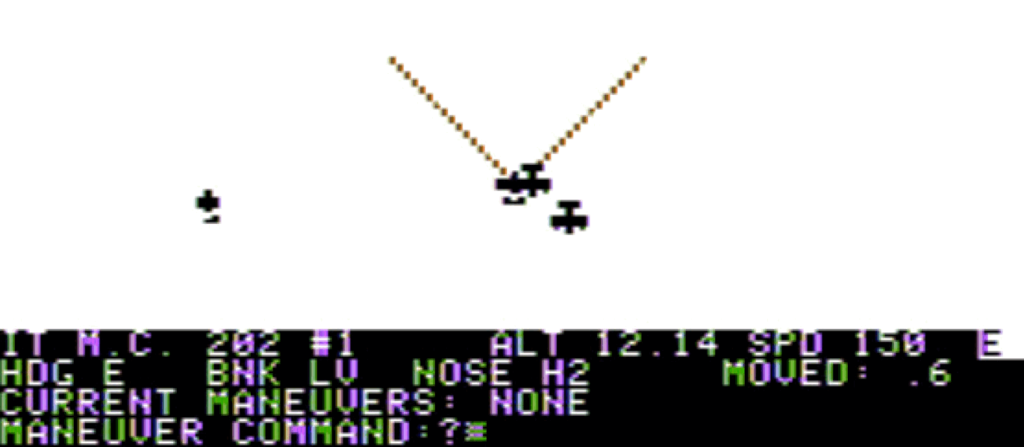
… Dayyalu can’t shoot because he passed the bomber.
Of course, the bombers don’t have that issue, by virtue of having turrets, but it is not easy to hit a target going so fast and Dayyalu comes off unscathed.
Well, no biggie. We are in a 3D game of sorts. Dayyalu can quite simply do an Immelmann Turn and come back in the rear of the bomber. An Immelmann Turn is a steep climb followed by a 180° roll, allowing a plane to invert its direction quickly :
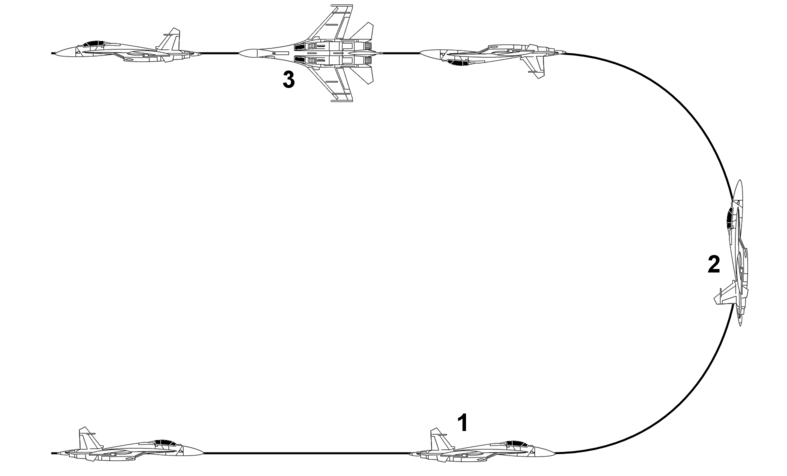
Meanwhile, Matnjordi discovers that there is such a thing as an inverted Immelman (or diving half-loop). One of the Spitfires did exactly that, and is coming back fast :
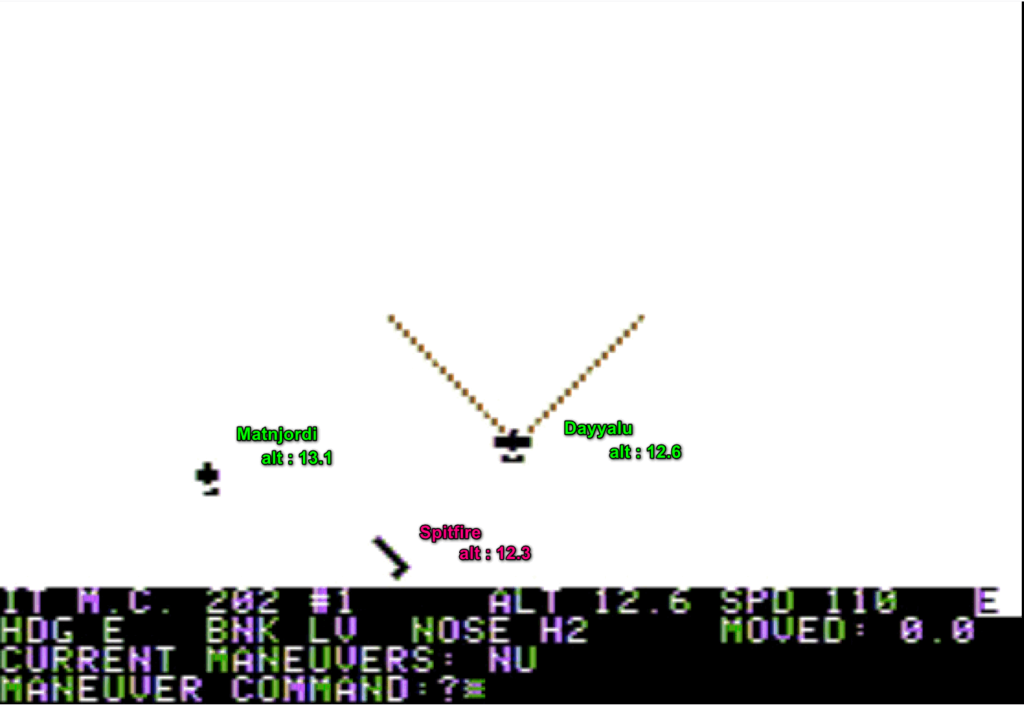
But the Spitfire passes below Matnjordi. Matnjordi even has the pleasure to point his nose a bit down and shoots at the Spitfire as it passes below him.

Meanwhile, Dayyalu has completed his U-turn and his bank is now “inverted” [IV]
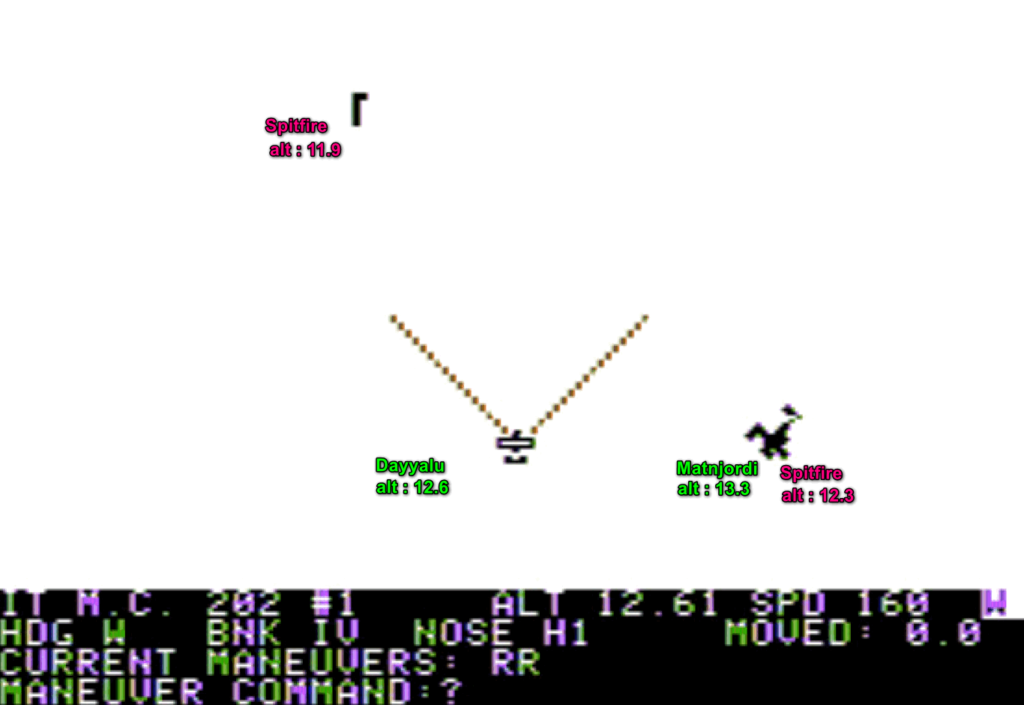
Roughly one minute has passed since the British planes had first been detected [turn 9]. Matnjordi will dogfight with gusto for 30 more seconds, managing several times to put a Spitfire in his cross-hair, but never hitting any [turn 13].
Meanwhile, Dayyalu spends that time catching up with the Wellington bombers, as these had not changed course. Their escorts are focused on Matnjordi (beware of tunnel vision, folks!).
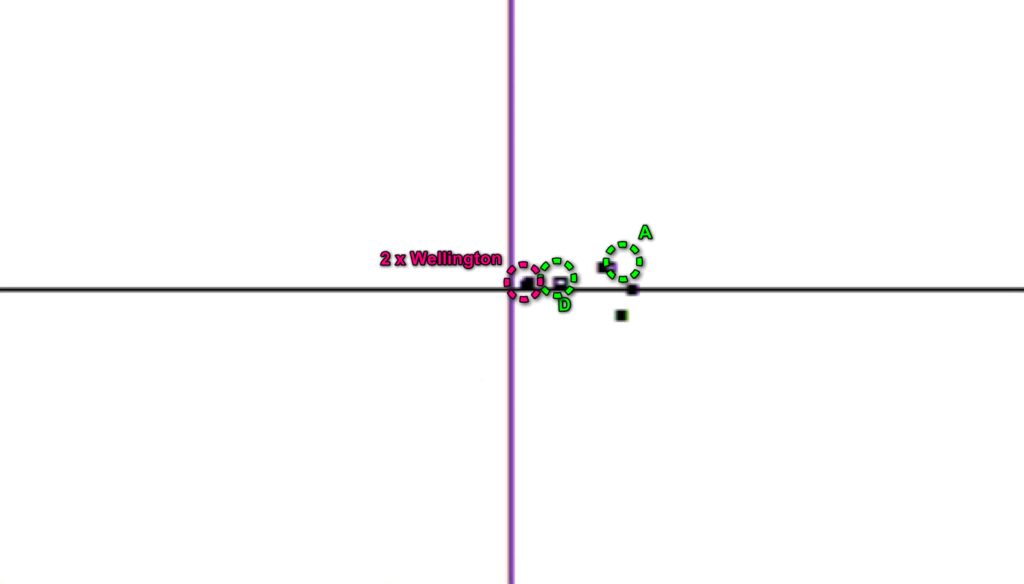
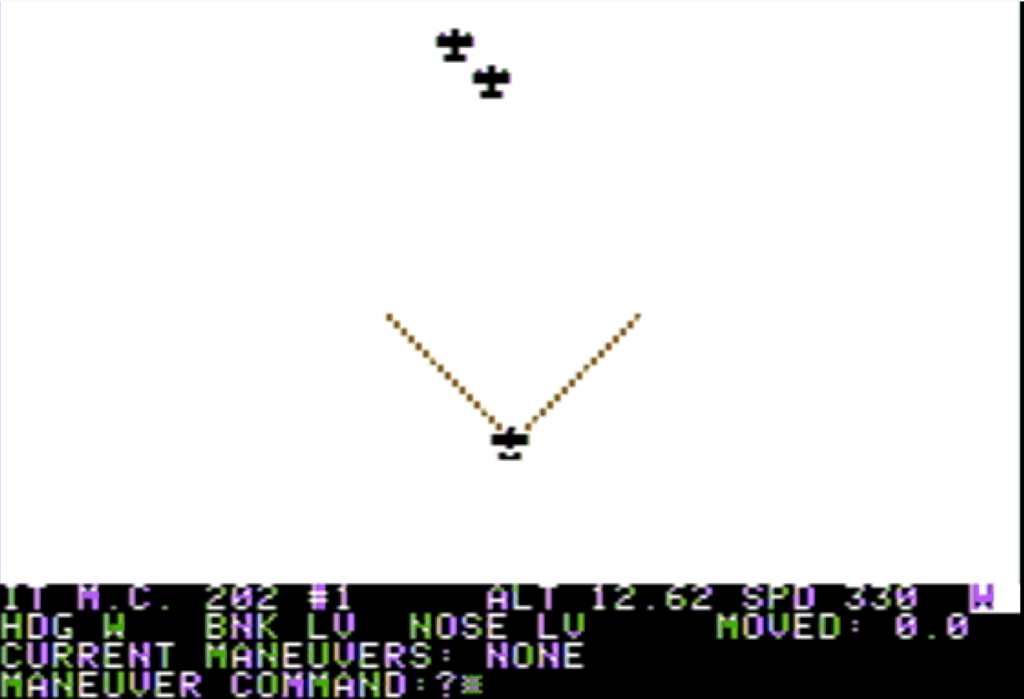
Finally, the bombers are in Dayyalu’s range – which also means that Dayyalu is in the range of their turrets.
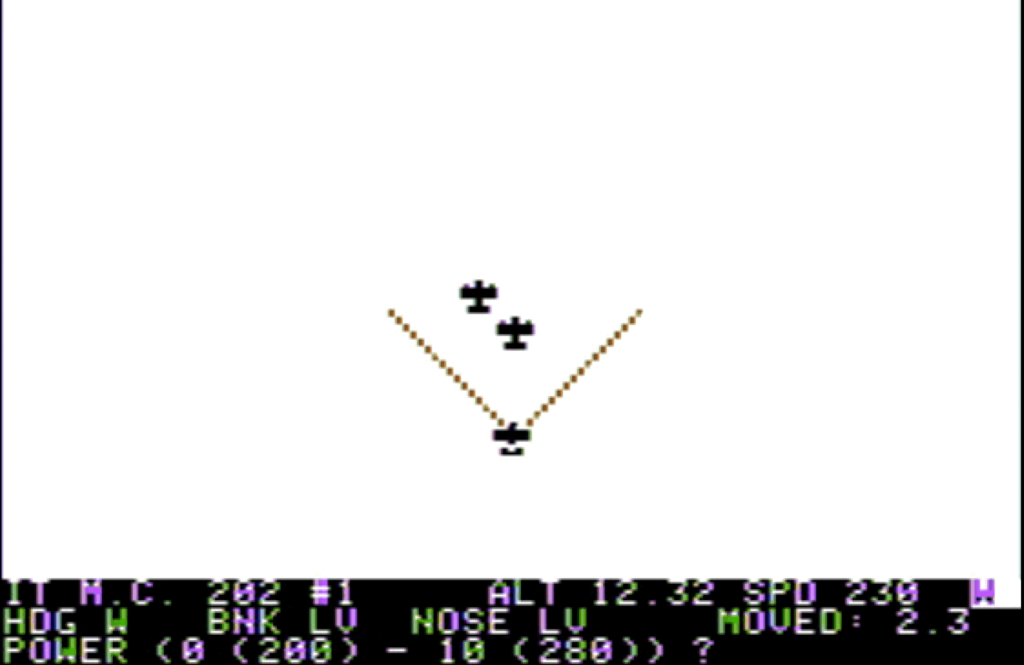
Fortunately, they miss :
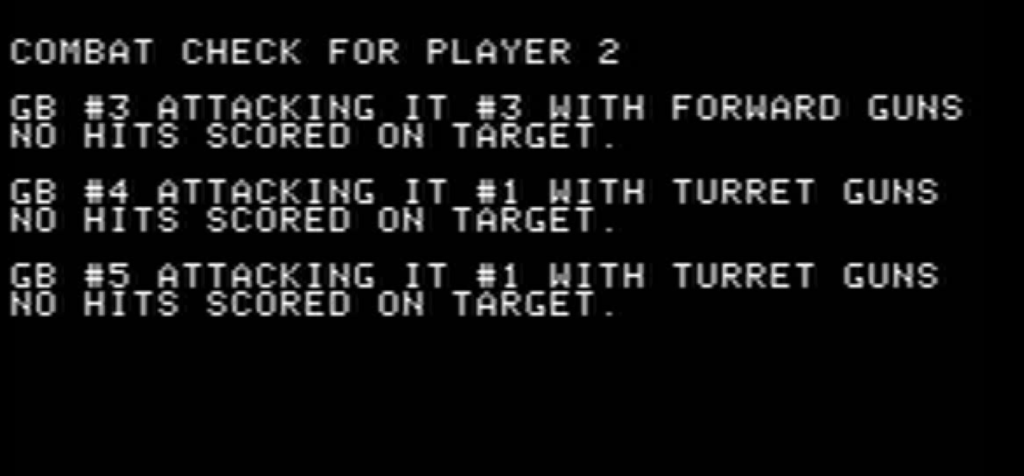
Dayyalu matches the bombers’ speed and starts shooting :

This has the immediate effect of attracting the Spitfires, which disengage from Matnjordi (easy for them – Matnjordi’s current speed is 150 mph at this point when the Spitfires are flying at 300) and go in pursuit of Dayyalu.
But it would probably take them one minute to catch Dayyalu, who can shoot at leisure at the bomber at the rear. Of course, the bombers’ rear gunners can also shoot back.
Finally, the Wellington in the tail has had enough and drops its bomb load :
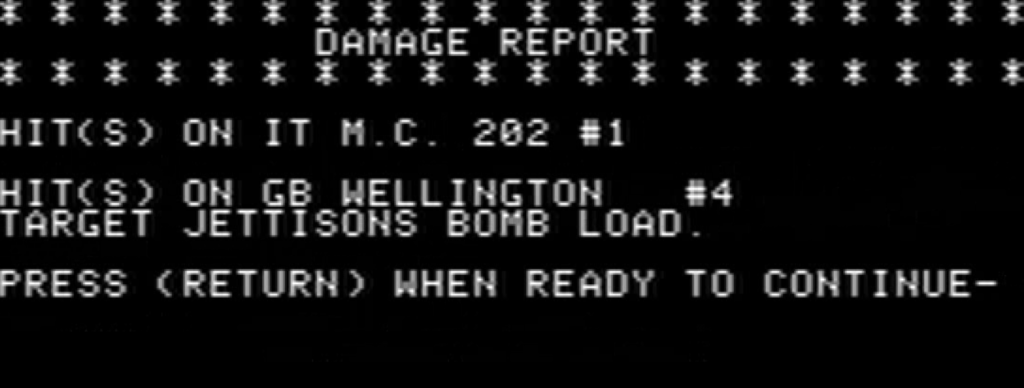
As for Dayyalu’s Folgore, the rear gunners have been pretty accurate and his own aircraft is in a sorry state :
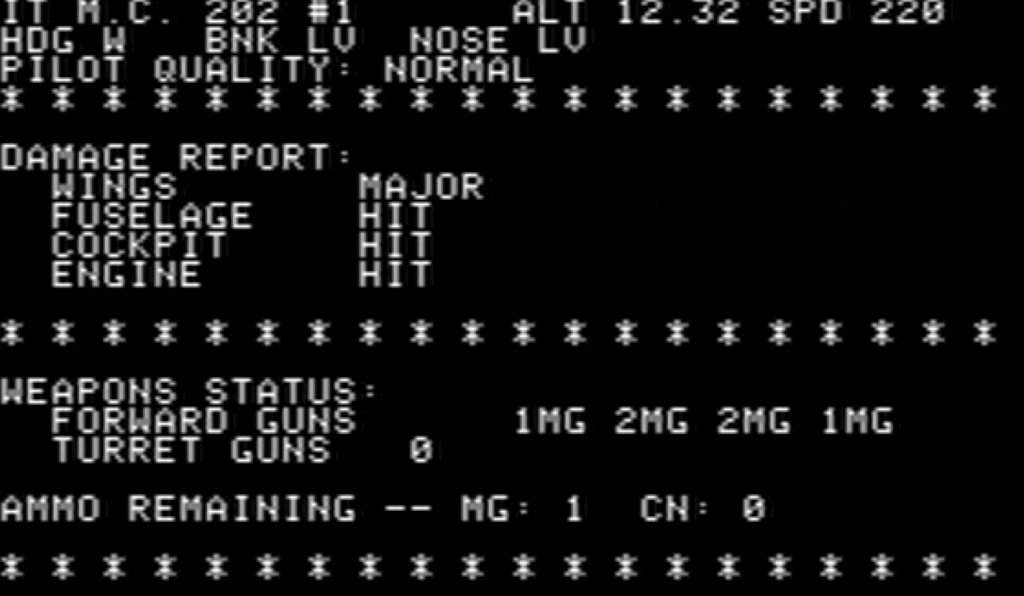
“Well“, thought Dayyalu. “Well, my plane is barely flying anymore and I am almost out of ammo too. Matnjordi can certainly fend off the Spitfires and then finish off that bomber.”
Dayyalu rolls to the right and turns while diving, … but too late :
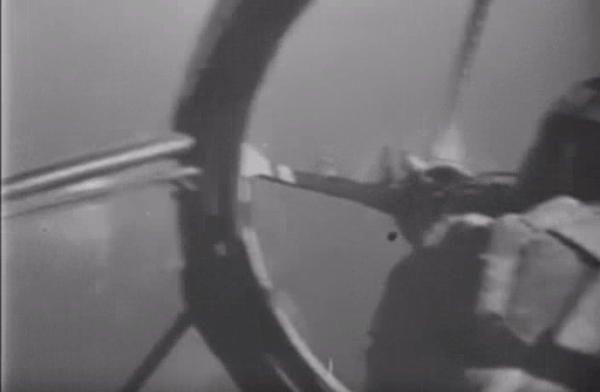

That leaves Matnjordi against three fighters and two bombers. Should he stay or should he go ?
Matnjordi realizes something interesting : not only the fighters are not coming for him, but the damaged Wellington has slowed down a lot and is now lagging behind the British formation.
Matnjordi use the respite to regain speed and altitude. He will avenge Dayyalu !
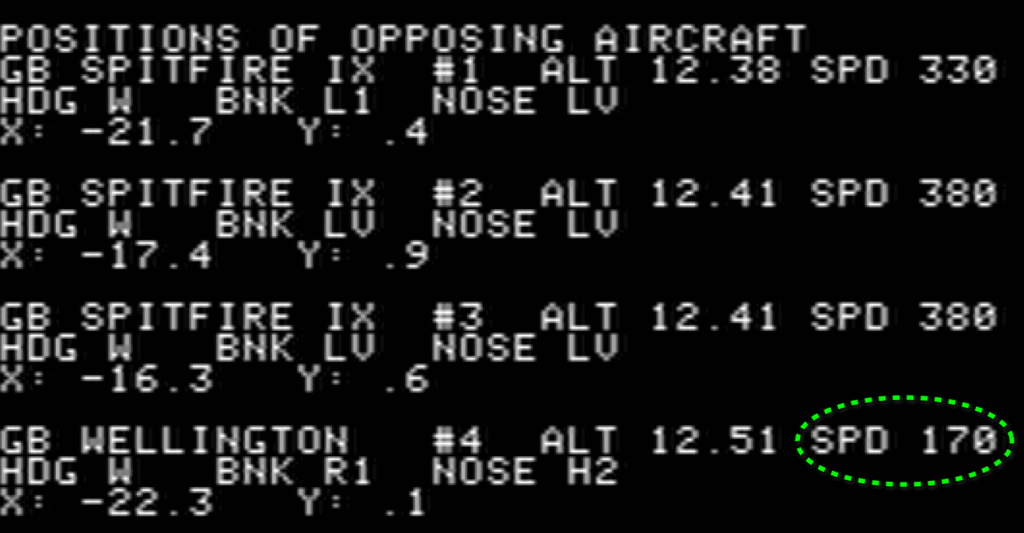
Matnjordi initiates pursuit.
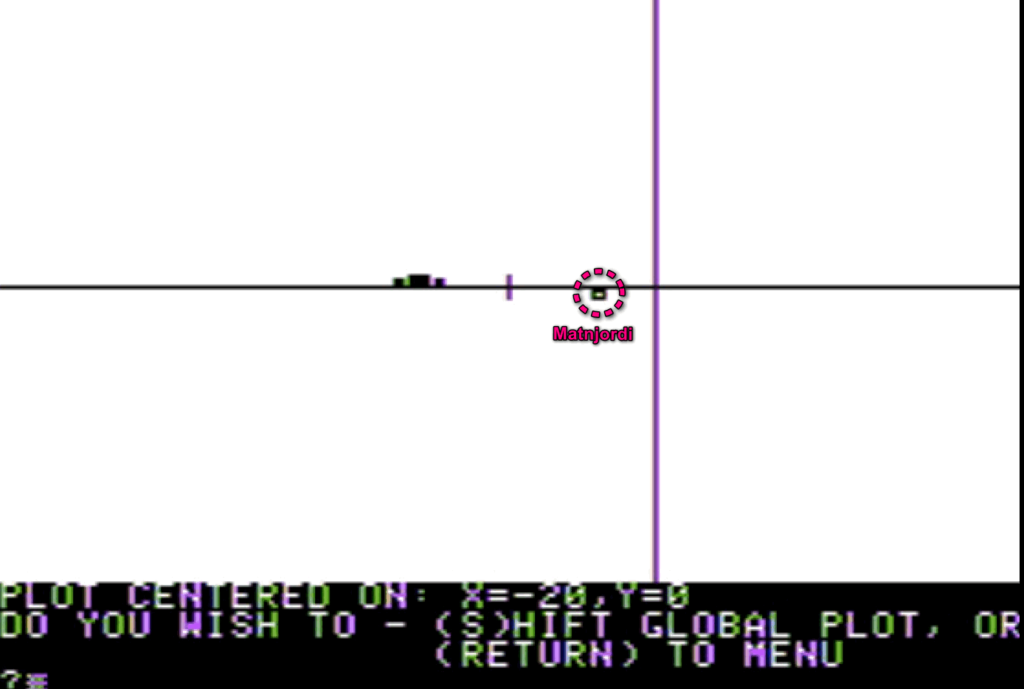
After some time in pursuit, the escort turns and tries to attack Matnjordi in a front pass :
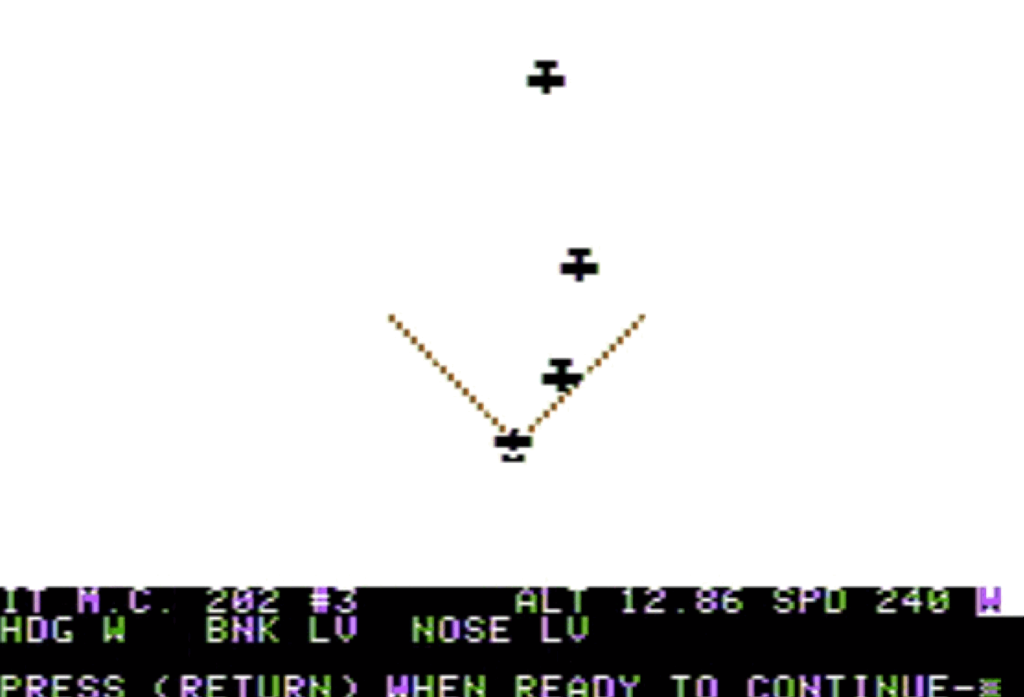

The first plane hits Matnjordi (who returns fire), but the two others fall victim to the 7-seconds trick. First they are out of range, and then 7 seconds later they are behind the MC-202.
The Spitfires are faster than a MC-202, but they have to do a U-turn to come back, and the difference in speed is not that large. This means there is no one to stop Matnjordi from attacking the damaged Wellington.
The Wellington tries to escape by diving and rolling/turning to the right, but Matnjordi follows it in its dive :
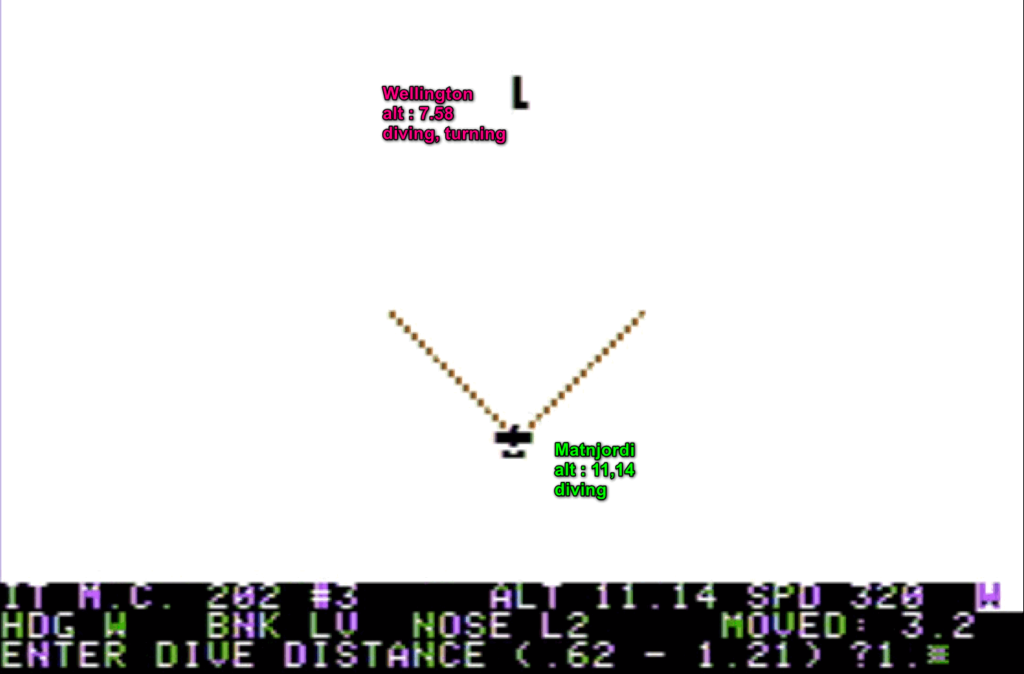
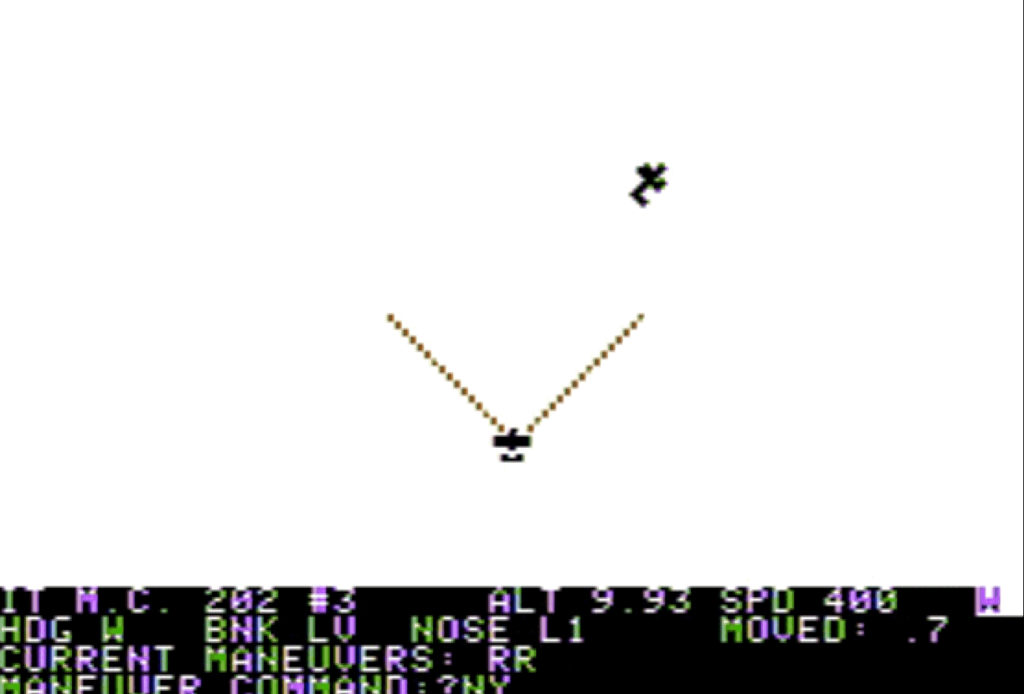
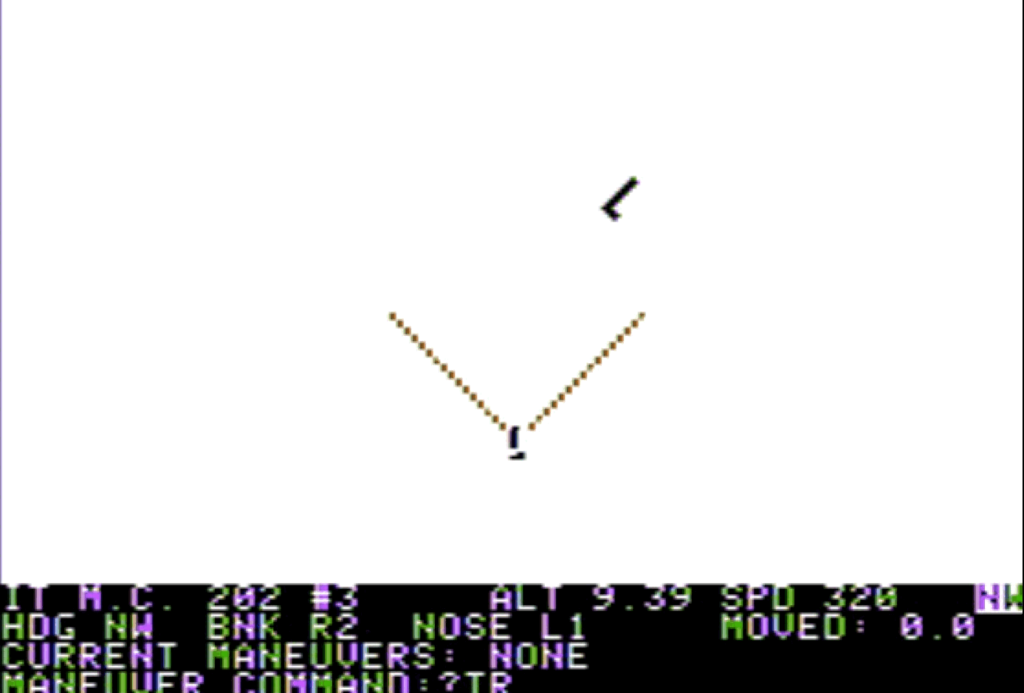
Ultimately :
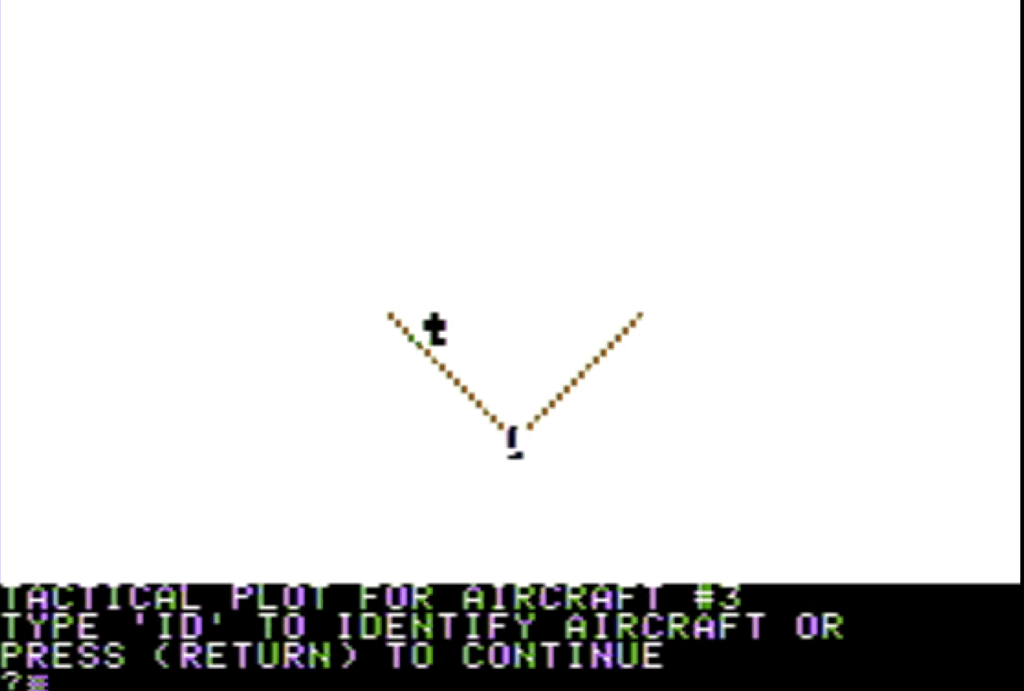
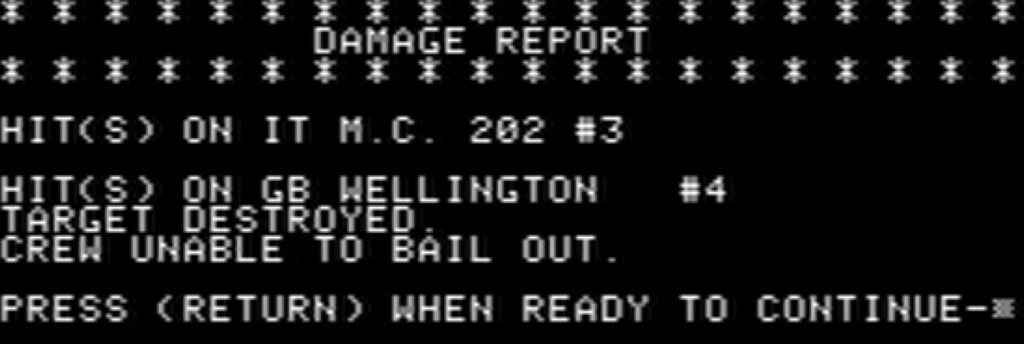
The Wellington is destroyed !
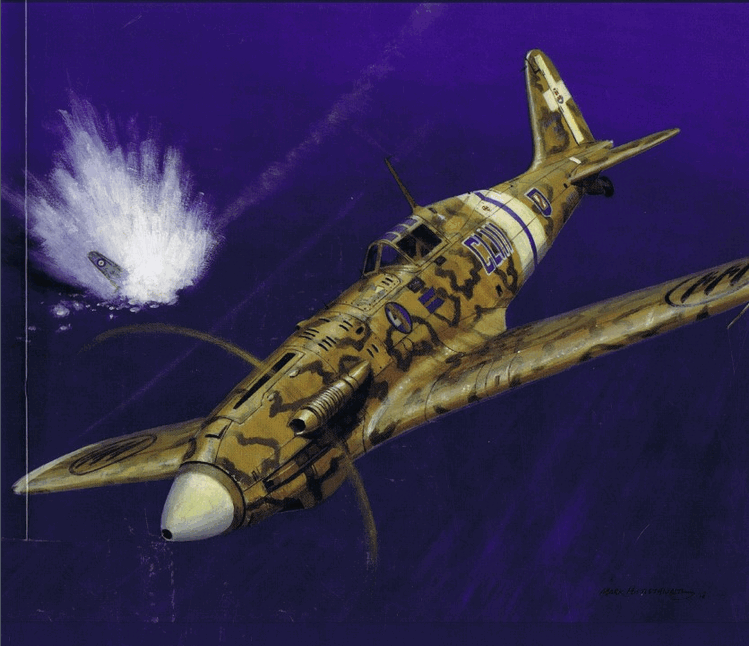
The Folgore is badly damaged at this point though. With a steep bank and its nose very much down, it only has to push the nose up to quickly change direction . Using this, Matnjordi escapes at low altitude toward the North East (which, granted, does not bring him any closer to the Italian lines).
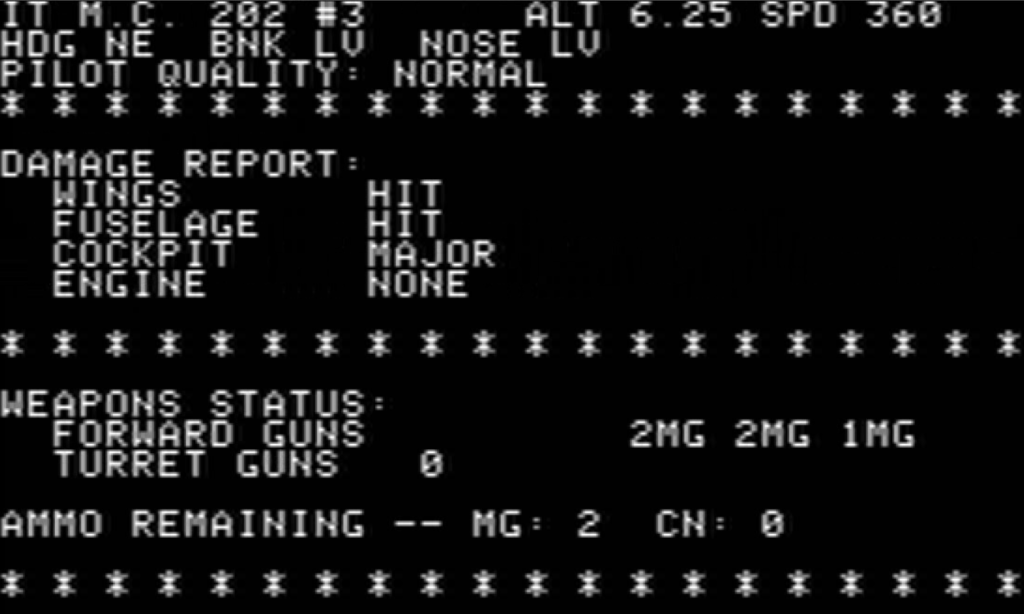
… it’s only then that he starts to feel it … the pain. The pain. The cockpit is riddled with holes. He takes off his gloves. There’s blood everywhere. He’s severely wounded… With his dying breath, he tries to radio someone “Tell Francesca I’ve always loved her….” but then he remembers that MC-202s don’t have radios on board.
So be it. He shot down the Wellington. The men who killed him, who killed Dayyalu were dead themselves.

And so, on this day, the Italians lost 3 Fighters to shoot down one Wellington.
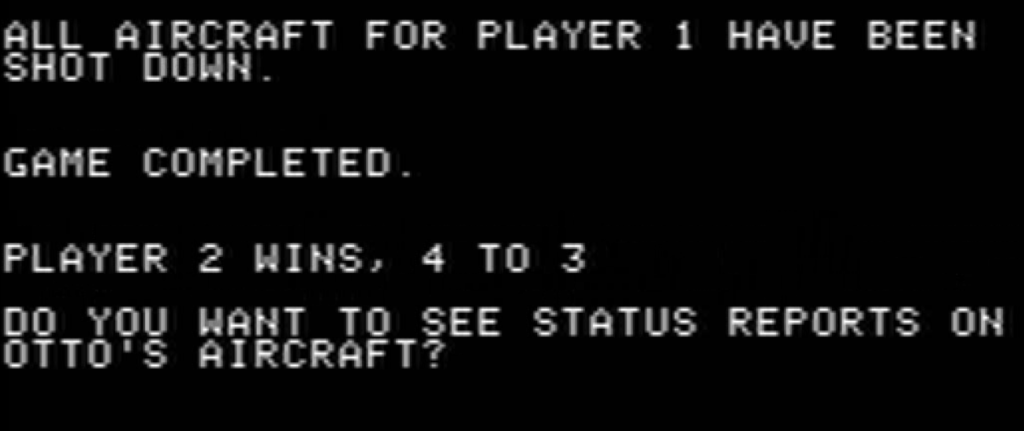
One of the Spitfires is extremely damaged, with the pilot wounded, another Spitfire has received superficial damage. The two remaining planes have not been damaged :
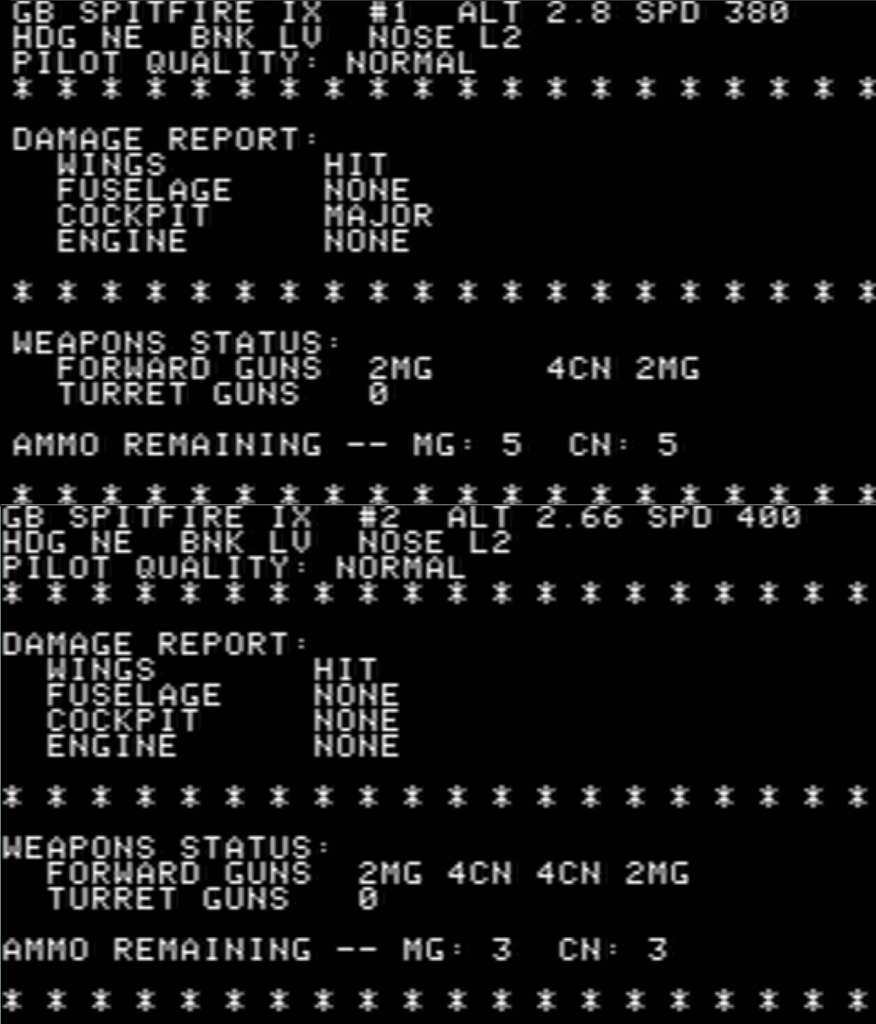
Not the best day for the Regia Aeronautica, but they knew they would fight another day, or in any case, that you don’t need to be THAT competent as long as you have the Germans fighting on your side.
If for some reason you want to read another “After Action Report” on Computer Air Combat, there is another one (Zeroes vs Wildcats) here in the forum.
17/06/2021 : The Data Driven Gamer actually covered “Computer Quarterback“, so head there if you want to know more about the last 1980 SSI game.
6 Comments
Fascinating stuff! It’s noticeable how it has the same “problems” of tabletop dogfight games in trying to simulate a fluid and fast 3d environment. (not that I ever managed to play anything but Beer&Pretzel systems, the hard ones are far above my pay grade). Extremely high lethality make for peculiar tabletop experiences.
Also, a terribly realistic result for the RA, and the Folgore was the best of the lot.
I have read a bit on the Folgore and it has excellent reputation, the Allies considered it overall superior to the P-40 and the Hurricane, and junior pilots on a Folgore would beat a junior pilot on a Spitfire… but yes, against an experienced Spitfire pilot, the Spitfire would come on top.
I agree, and from the literature during a pretty specific time window the Folgore was almost an equivalent of its opponents (a rare occurrence for Italian monoplanes). But the developmental history of Italian fighters is…. very Italian, between political and industrial bickering, flat-out sabotage and institutional failures.
Darkly humorous, in retrospective, not much for people doing the dyin’, I fear.
A small note on the ending : your pilot cannot “faint”/ “die”, so actually the end game would have been me being chased forever by 3 Spitfire, until they got me (I could only shoot twice more anyway). The game has no time limit, and as far as I tested the game does not end until all planes from one side are destroyed, whatever distance there is between the two groups.
Given the AAR was already not very visual, I prefered to end it this way.
Well that was a fun one to read! At least I did better than on the last two AARs, but you just HAD to name her Francesca, did you D;
Very curious to see the review for it.
I loved that comment in the beginning: “Our pilots cannot go slower, they are Italian.”